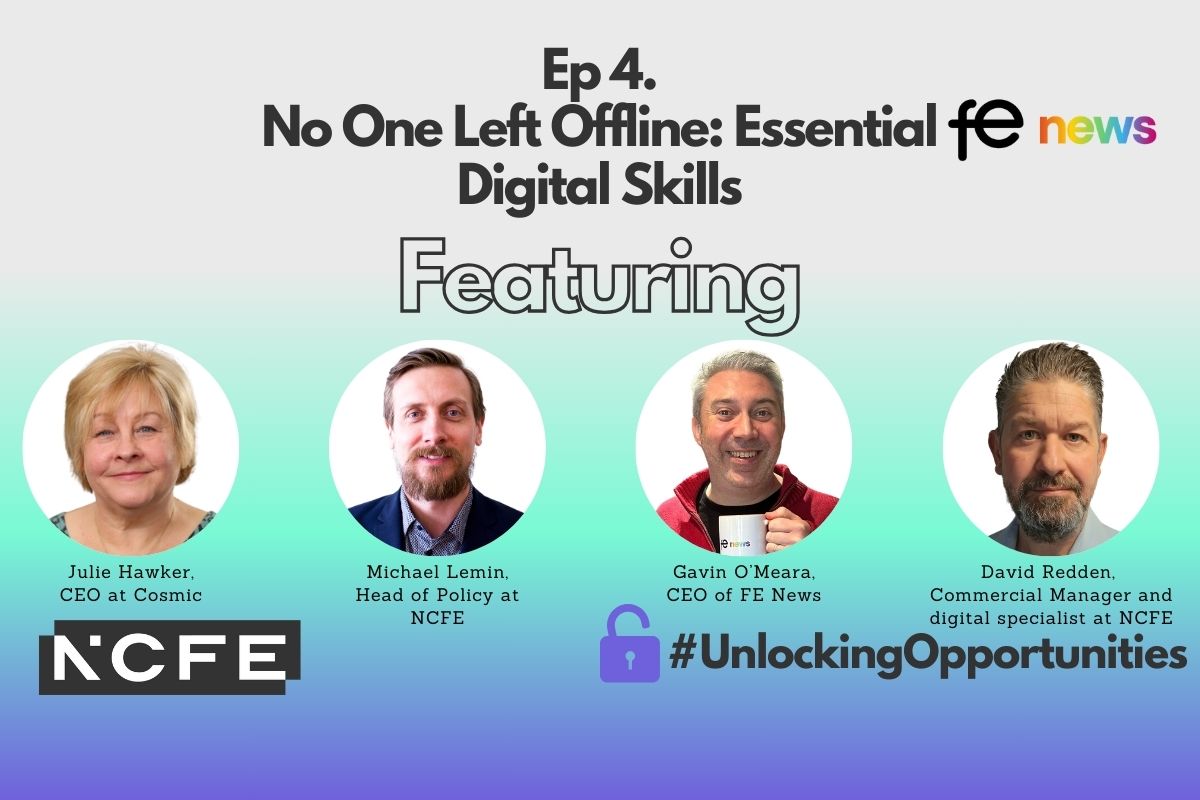Retail leadership (degree)

Reference Number: ST0547
Details of standard
A Retail Leader is someone who will demonstrate strategic vision and drive to achieve excellence in customer service and profitability. They will act as a brand ambassador and will lead, motivate and develop a team of retail-based employees, to deliver sales and profit targets. They will do this whilst operating within and championing the parameters of the company values and ethos. Typically (although not exclusively), they will hold the following type of job roles: Area Manager, Store Manager, Departmental Manager (large stores), Senior On-line Customer Manager, Senior Digital Manager and Commercial Managers. Retail Leaders work in a variety of environments, increasingly including on-line, in both food and non-food. They will be able to:
- Demonstrate knowledge of the retail sector, and how to influence the whole retail journey: ‘cotton plant to coat-hanger or farm to fork’
- Coach and empower teams to deliver first class retail performance
- Deliver maximum profit through lowest possible cost delivery
- Increase spend per head and basket value
- Identify how to be better than competitors and grow market share
- Ensure high visual merchandising standards – in-store and / or online. including Inventory Management through effective stock control and merchandising processes
- Be responsible for a productive retail business – Right Product, Right Place, Right time by the Right People.
- Identify ways to offer innovative customer service
- Drive Retail performance – sales and profitability
- Understand and respond to the needs of customers
- Review, analyse and make changes to the retail business
- Drive Retail KPIs including increase spend per head, visitor/traffic conversion and average order value (web-sales)
| A Retail Leader knows and understands: | A Retail Leader is able to: | |
| Retail Landscape – current and future |
|
|
| Retail product life cycle |
|
|
| Retail innovation and the digital challenge |
|
|
| Retail Marketing and the customer |
|
|
| Retail Supply Chains |
|
|
| Retail Finance, Data and Management Information (MI) |
|
|
| The impact of change in Retail on our people |
|
|
| BEHAVIOURS | |
| An inspirational Leader | Inspire those around them. Be resilient and willing to lead from the front to drive and implement change. |
| Challenge and Innovate | Innovative and willing to experiment. Challenges the status quo and makes ‘difficult’ decisions. Is conscious of impact of own style |
| Passion for Retail Sector | Be passionate and energised by the Retail Sector. Be an ambassador for the retail sector. Be customer centric. |
Entry requirements:
Individual employers will set the selection criteria for their apprenticeship. Apprentices without Level 2 English and Maths will need to achieve this level prior to taking the end-point assessment. For those with an education, health and care plan or a legacy statement the apprenticeships English and maths minimum requirement is Entry Level 3 and a British Sign Language qualification is an alternative to English qualifications for whom this is their primary language.
Duration:
Typically 4 years
Qualifications:
Successful apprentices will achieve a degree in Retail Management.
Review date:
after 3 years
Crown copyright © 2017. You may re-use this information (not including logos) free of charge in any format or medium, under the terms of the Open Government Licence. Visit www.nationalarchives.gov.uk/doc/open-government-licence











Responses